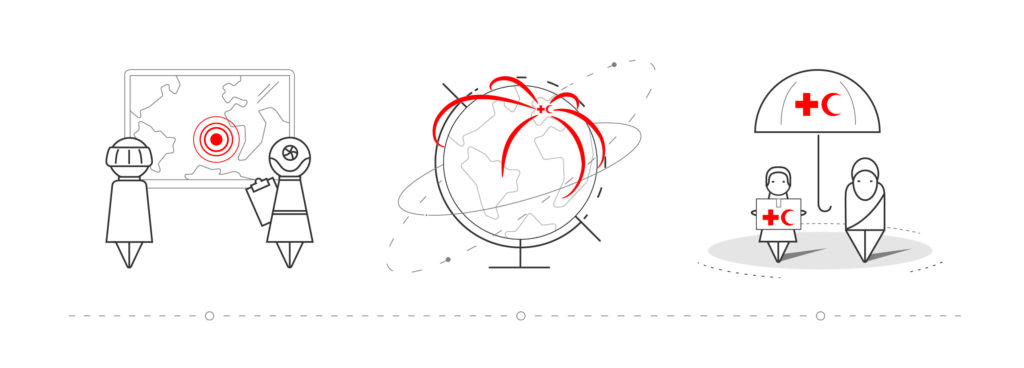Summary
How Forecast-based Financing is changing the humanitarian world
Anticipation instead of reaction: with Forecast-based Financing (FbF), the International Red Cross and Red Crescent Movement (RCRC) is reshaping the future of the humanitarian system. Protecting lives and livelihoods in advance of a disaster – by using innovative technologies and approaches, data and weather forecasts and working in a global network.
The aim:
We want to forecast extreme weather events, take early action and thereby prevent human suffering. How does it work? Based on forecast information and risk analysis, FbF releases humanitarian funding for pre-agreed activities. For early actions to be performed quickly and efficiently before disaster strikes, funds are allocated automatically when a specific threshold is reached. The key to this is the Early Action Protocol (EAP), which clearly defines when and where to act as well as who is doing what.
FbF around the world:
To get an overview on anticipatory action initiatives around the world, please visit the Anticipation Hub.
The Anticipation Hub is a platform to facilitate knowledge exchange, learning, guidance, and advocacy around anticipatory action both virtually and in-person.




